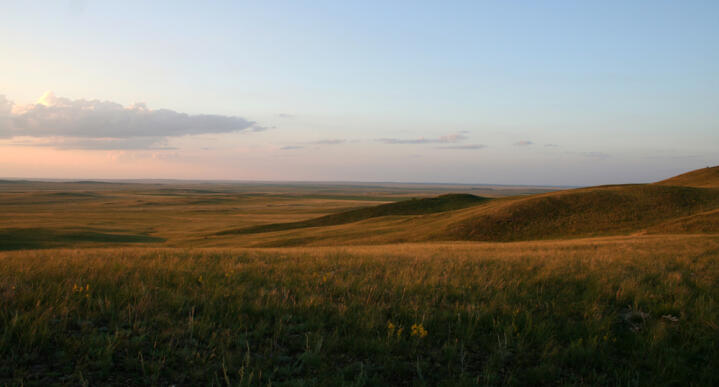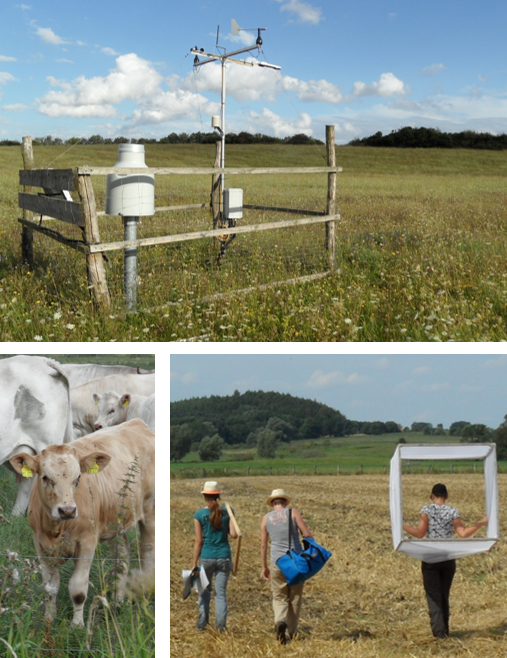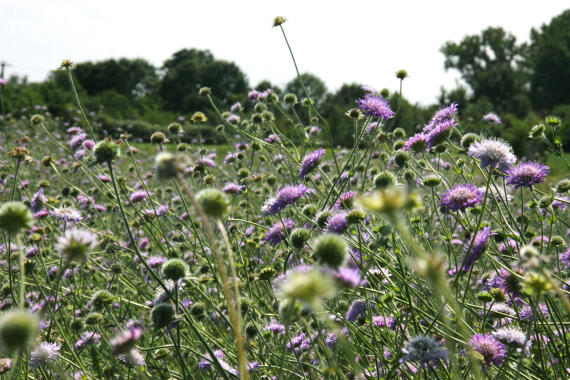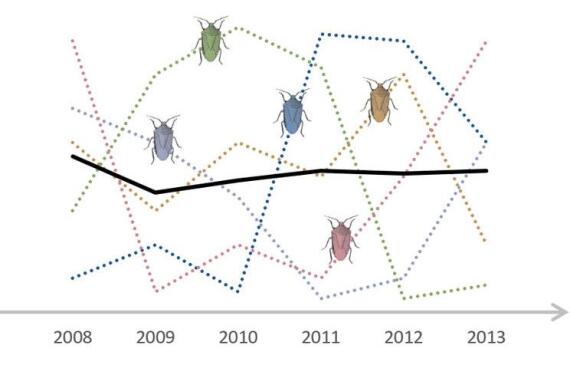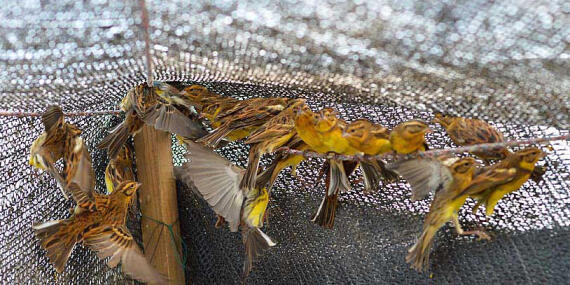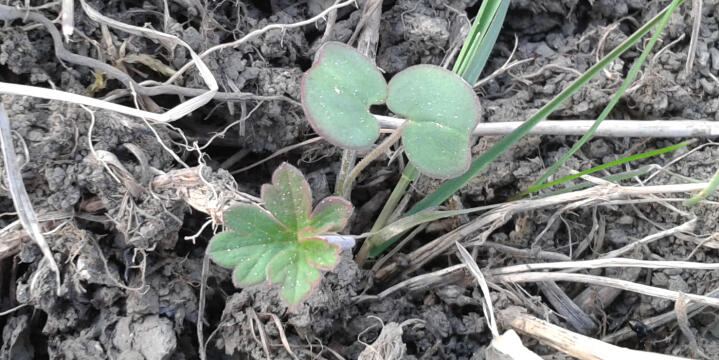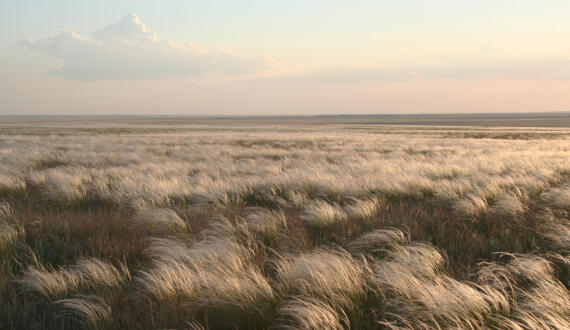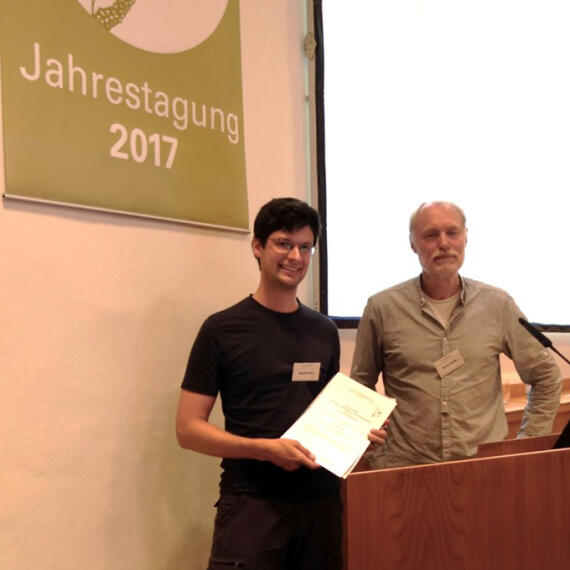
News - Archive since 2015

British colleagues visiting the floodplain meadows at the Upper Rhine
Photos
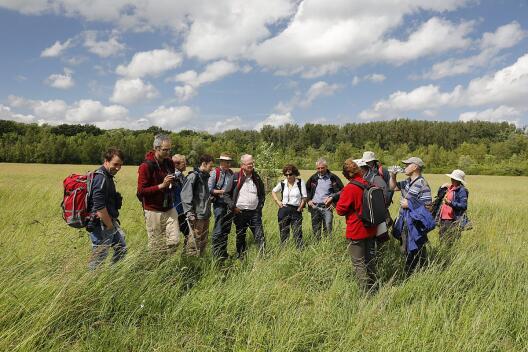

Norbert Hölzel explaining, Riedwiesen von Wächterstadt, June 2017© Mike Dodd - Floodplain Meadows Partnership 
Landscape flooding model with water flowing across surface, Kühkopf-Knoblochsaue, June 2017 © Mike Dodd - Floodplain Meadows Partnership 
Cirsium tuberosum, Riedwiesen von Wächterstadt, June 2017© Mike Dodd - Floodplain Meadows Partnership 
David Gowing with Valerian in meadow, Lampertheimer Altrhein, June 2017© Mike Dodd - Floodplain Meadows Partnership 
Galium wirtgenii and Galium album, Bruderlöcher, June 2017 © Mike Dodd - Floodplain Meadows Partnership 
Floodplain meadows group fieldtrip, Riedwiesen von Wächterstadt, June 2017© Mike Dodd - Floodplain Meadows Partnership 
Floodplain meadows group identifying a tricky species in the field, Bruderlöcher, June 2017© Mike Dodd - Floodplain Meadows Partnership
British colleagues from „Floodplain Meadows Partnership“ lead by Professor David Gowing came to visit the floodplain meadows at the northern Upper Rhine in June.
Matthias Harnisch, project manager in Riedstadt, and Norbert Hölzel, doing research in the projects since years, took their guests to old floodplain meadows as well as 20-years-old and new restoration sites. The colleages were impressed to see the species-rich and diverse sites and the successful restoration projects.
An article in german is available on the Riedstadt website.
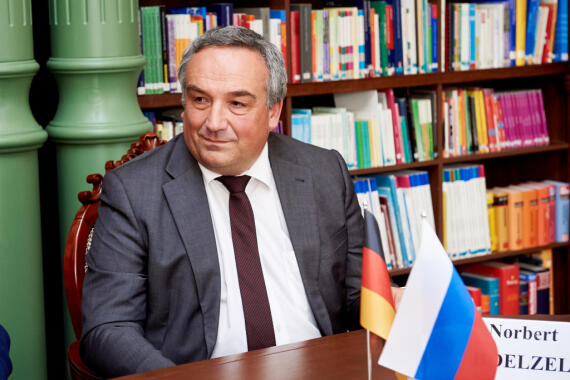
Honorary Professor degree for Norbert Hölzel
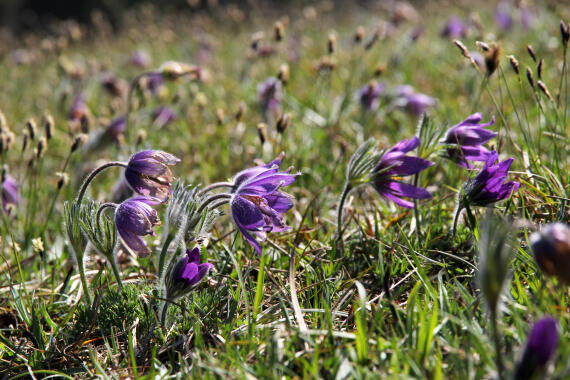
Spring Flowers in the Eifel mountains
Recently a paper of our working group, dealing with the effects of post-Soviet cropland abandonment on soil carbon sequestration in Western Siberia, got published online in Global Change Biology. The paper is based on a unique field data set with more than 470 sampling points across three test areas and stratified by land-use type that were collected in the course of the SASCHA-Project. Our results yield clear empirical evidence that abandoned croplands in Russia are currently a climate-relevant sink of atmospheric carbon. Research was conducted in close cooperation with colleagues from the University Applied Sciences in Osnabrück and Tyumen State University in Western Siberia.
Picture: Humus-rich Chernozem soils in the forest steppe zone of Western Siberia store more than 20 kg of organic carbon per m². Photo: T-M Wertebach
Wertebach T-M, Hölzel N, Kämpf I, Yurtaev A, Tupitsin S, Kiehl K, Kamp J, Kleinebecker T (in press) Soil carbon sequestration due to post-Soviet cropland abandonment: Estimates from a large-scale SOC field inventory. Global Change Biology [doi: 10.1111/gcb.13650]
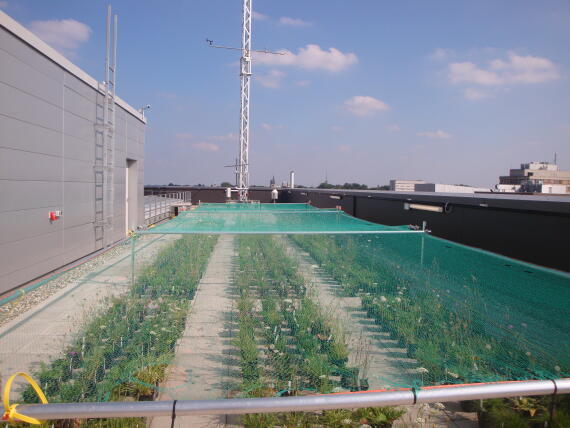
Spotlight on 'Genetics and Restoration' in the Journal of Applied Ecology
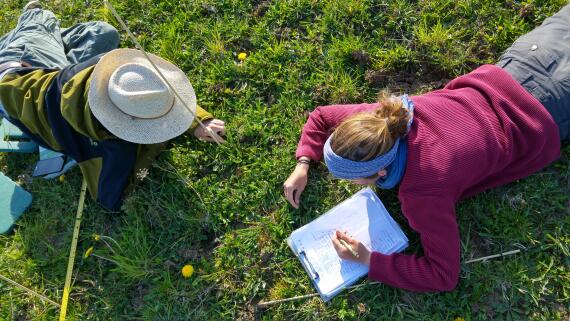
Prolongation of the ESCAPE project
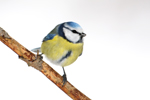
Winter Garden Bird Survey
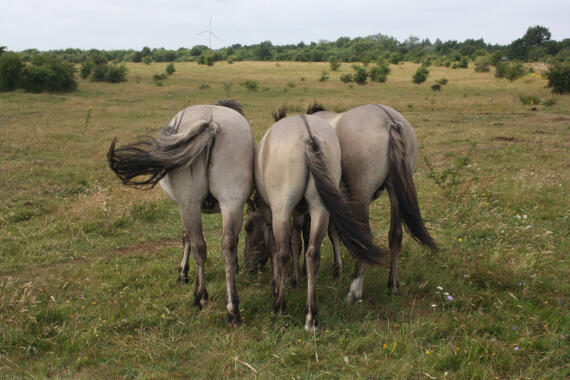
Special Issue on Grazing in European open landscapes
A winter visit to the Yamal tundra
Photos
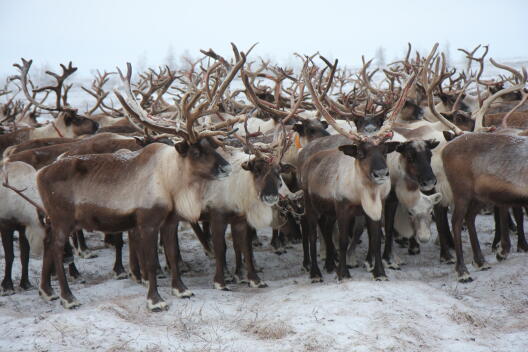

Conference theme© Norbert Hölzel 
The shuttle bus of the Tundra: MI 8 helicopter from Soviet times - old but faithful and reliable. © Norbert Hölzel 
“Tschums”, traditional nomad tents covered with Reideer skins, wooden sledges and a satellite antenna.© Norbert Hölzel 
Nenets kids, a little confused by the crowd entering their camp.© Norbert Hölzel 
Domestic Reindeers in the Shrub-Tundra of the southern Yamal peninsula© Norbert Hölzel 
My first frosty winter experience in the Tundra.© Norbert Hölzel 
A brand new Finnish Reindeer slaughter house in the Tundra: 320 tons of reindeer meat products are exported annually to Germany and other European countries.© Norbert Hölzel
Upon invitation by the government of the Yamal-Nenets autonomous district in the very north of Western Siberia, Norbert Hölzel and Ramona Fitz joint an international conference on “Preventing the dissemination of infectious animal diseases on climate change” held in the city of Salekhard at the polar circle from November 9th to 11th, 2016.
The conference topic was directly related to the first outbreak of Anthrax in Yamal since 1940 in July 2016 which killed 2.400 Reindeers and a 12 year old boy of a Nenets reindeer herder family. The Anthrax outbreak was most likely triggered by the extraordinary warm weather conditions in summer 2016 causing a deep melt down of permafrost soils that exposed persistent Anthrax spores. Russian and international experts from reindeer husbandry, veterinary science and grazing ecology discussed how such outbreaks can be controlled and mitigated under ongoing climate change.
Yamal is the last stronghold of reindeer husbandry worldwide with more than 14.000 indigenous people maintaining a nomadic life style, currently keeping ca. 750.000 Reindeers. During a helicopter excursion to the Tundra of the southern Yamal peninsula the conference participants were introduced to the peculiarities of regional reindeer husbandry and the nomadic life style of Nenets people.
Meeting in China on Conservation Measures for the Endangered Yellow-breasted Bunting
Photos

In 2015, member of our group had helped to reveal the catastrophic population collapse of what was once one of the most abundant bird species of Eurasia, the Yellow-breasted Bunting. At that time, we concluded that ongoing illegal persecution of the species for food was one of the main reasons of the decline.
From 2-4 November 2016, a workshop was organized in Guangzhou, China, by Birdlife International, Sun Yat Sen University and the Hongkong Birdwatching Society. It aimed to bring together representatives of all countries that host Yellow-breasted Buntings during the breeding season and in winter, from Russia and China to Myanmar and Thailand. Each country provided an update on current population trends and threats to the species. Much emphasis was put on a prioritization of conservation measures, such as better enforcement of laws against illegal trapping and awareness raising among wildlife consumers. A new wildlife law will be approved in 2017 in China and there are high hopes that it will give the Yellow-breasted Bunting a higher level of protection. Exciting collaborative projects on research and conservation involving multiple range states were also agreed.
Summary of the meeting at the website of the Convention on Migratory Species (CMS): www.cms.int/es/node/10782
Special Issue on Palearctic steppes
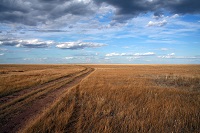
A Special Issue of Biodiversity and Conservation on the ecology and conservation of the Palearctic steppes is now out, including eight publications of our Working Group - one new synthesis paper and several papers on results of the projects in Russia (SASCHA) and Kazakhstan (BALTRAK).
Biodiversity and Conservation Volume 25, Issue 12 (November 2016) - Special Issue: Palaearctic Steppes: Ecology, Biodiversity and Conservation. Edited by Jürgen Dengler, Didem Ambarlı, Johannes Kamp, Péter Török, Karsten Wesche
'North Sea Region Climate Change Assessment' published as book
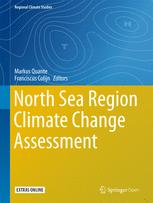
Within the 'North Sea Region Climate Change Assessment' (NOSCCA) Prof. Norbert Hölzel together with Prof. Thomas Hickler (Senckenberg Biodiversity and Climate Research Centre (BiK-F) and Goethe University Frankfurt) and Prof. Lars Kutzbach (CEN, University Hamburg) as Lead Authors composed a chapter on Environmental impacts of climate change on terrestrial ecosystems in the North Sea Region.
Initiated by the Institute of Coastal Research of the Helmholtz-Zentrum Geesthacht in Germany, the NOSCAA Report is a comprehensive climate change assessment for the Greater North Sea region and adjacent land areas. Recent and future climate changes and their impacts are discussed for the North Sea, rivers, lakes and atmosphere as well as terrestrial ecosystems and socio-economic aspects, for example coastal protection or fisheries. NOSCCA is writen by over thirty Lead Authors and numerous Contributing Authors under the overview of an international Scientific Steering Committee (SSC) and with an independent review. The report is now published as book with Open Access by Springer.
Hölzel N, Hickler T, Kutzbach L, Joosten H, van Huissteden J, Hiederer R (2016) Environmental Impacts - Terrestrial Ecosystems. In: Quante M, Colijn F (eds.) North Sea Region Climate Change Assessment. Regional Climate Studies, Part III, pp 341-372 [doi:10.1007/978-3-319-39745-0_11] Available under Open Access
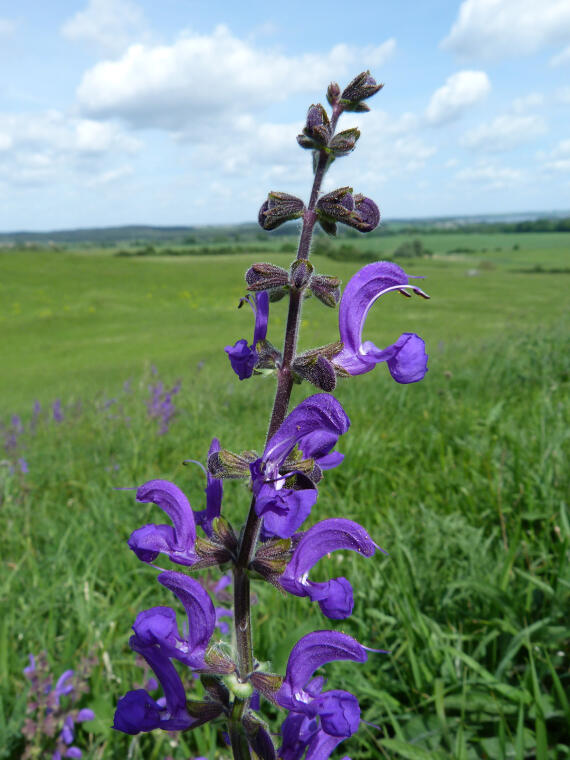
Biodiversity at multiple trophic levels is needed for ecosystem multi-functionality
Family Events in our Working Group!
Congratulations for the (almost) newlyweds! Ho and Van tied the knot on the 16th of April of this year. We wish them all the best for their future!
More Babynews for the ILÖK! Hale and hearty Lina was born on 17th of June.
Congratulations and all the best to the parents, Anne and Wanja!
Welcome, Joke! We heartly congratulate Wiebke and Sebastian, as their son was born
on the 25th of May - and wish the little family all the best!
Coppiced woods – traditional socio-ecological systems with a high biodiversity value
Photos
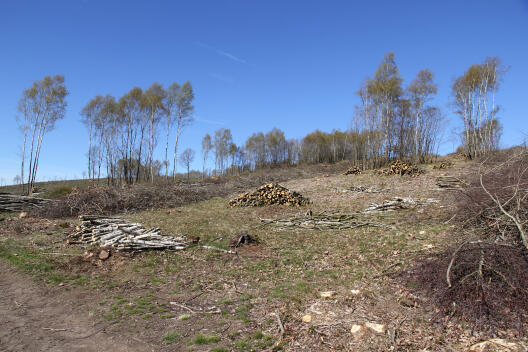

Traditional signs mark areas cut by different village communities© Johannes Kamp 
Birches ready to cut, recently cut and starting to resprout© Johannes Kamp 
The orderly arranged twigs remain at the slopes© Johannes Kamp 
Ca. 10 year old regrowth, dominated by common broom© Johannes Kamp 
Ca. 20 year old coppice - typical is the higher number of stems per tree© Johannes Kamp 
Speckled Yellow © Johannes Kamp 
Very rare and now confined to few places in Germany: Argent & Sable© Johannes Kamp 
Caterpillar of Ground Lackey... © Johannes Kamp 
...and its preferred grassy habitat. © Johannes Kamp 
Recording habitat parameters. © Johannes Kamp 
The surveyed coppiced woods are a stronghold for the rare Ilex Hairstreak.© Johanna Trappe 
Scarce Copper. © Johannes Kamp 
- Seed trees in a savannah-like age class. © Johannes Kamp 
Heath fritillary - disappeared from most of Northern Germany, regular in coppiced woods. © Johannes Kamp 
Foxglove colours the slopes in summer. © Johannes Kamp 
Fresh regrowth in June. © Johannes Kamp 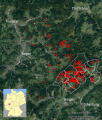
© Johannes Kamo
The biodiversity of open landscapes has been declining strongly over the past decades in Central Europe. Agricultural intensification and farmland abandonment are among the most prominent reasons behind this. Changes in forest management are now surfacing as an additional cause: a transition from light, open forests to tall, dense stands with a cooler microclimate has resulted in population losses of many open-habitat plants and animals during the past decades.
The management of forests with a short cutting cycle, such as coppiced woods, has ceased now over most of Central Europe. To document the value of this rather sustainable forest management for biodiversity, two BSc-students of our group are currently quantifying the abundance and distribution of birds, butterflies and moths in one of the few remaining large areas of coppiced woods in Germany, the ‘Hauberge’ near Haiger in the state of Hesse. A contiguous area of 1,800 ha oak-birch-forest is managed there by village communities in a very traditional way, mostly for firewood. Stands are cut down patchily at an age of 18-20 years, which results in a rich mosaic of forest regrowth of young age classes. First results suggest that the area is of outstanding importance for long distance migrants, a group of birds that has declined strongly. The forests also appear to be the last strongholds of a number of butterflies and moths in Western Germany.
For more information contact Johannes Kamp.
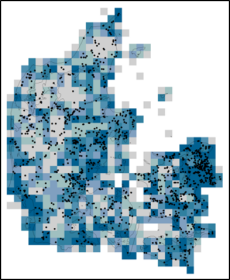
Citizen science online databases – how useful are they for monitoring population trends?
Monitoring of animal and plant population trends is important to identify declining species that can then be prioritized for conservation actions. Standardized, country-wide monitoring schemes are expensive, and need a large number of skilled volunteers to participate. However, with the advent of mobile technology, more and more people report casual observations of birds and other taxa online. Databases such as ‘ornitho’ or ‘eBird’ already store millions of records. The huge potential of these repositories for research and conservation has been recognized repeatedly, e.g. for explaining climate-change related phenology shifts or changes in the routes of migratory animals. If the mass of of ‘citizen scientists’ records is also useful to understand whether populations are increasing or decreasing was however unclear.
Using a country-wide database for birds, Johannes Kamp and colleagues from the RSPB and the Danish BirdLife partner DOF examined if bird population trends derived from online recording matched those from a more standardized monitoring scheme. In a recent paper in Diversity & Distributions [doi: 10.1111/ddi.12463/full], they report that declines in many bird species detected by standardized monitoring were not picked up by the unstructured online databases, suggesting that the latter are no easy substitute for cost-intensive structured monitoring. This is most likely explained by observer behaviour – encouraging birdwatchers to report all species in an area (and not only rare or interesting ones) will increase the usefulness of the data for many research questions.
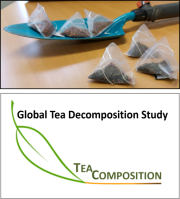
The Tea Decomposition Project - It´s Tea Time!
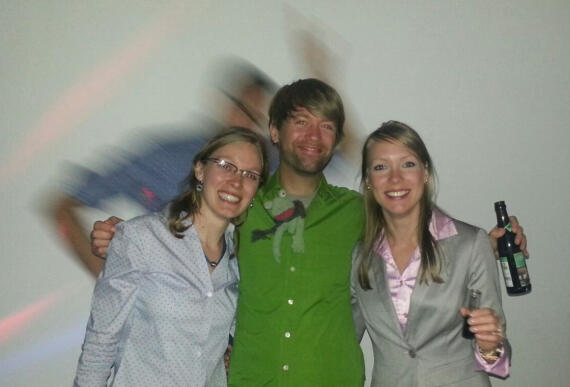
Two successful doctorates at once!
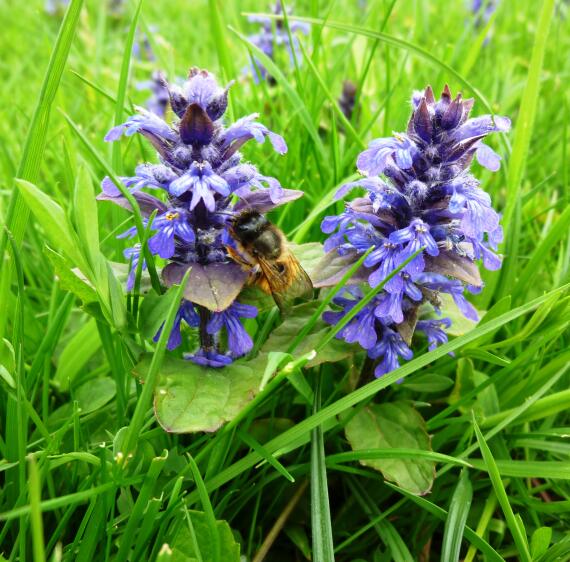
University newspaper reports on urban ecological research
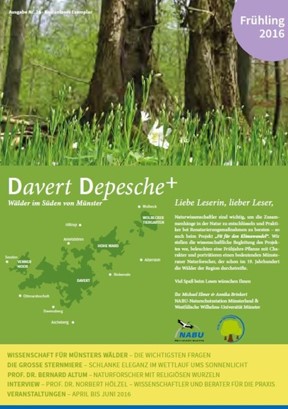
New edition of the "Davert Depesche+"
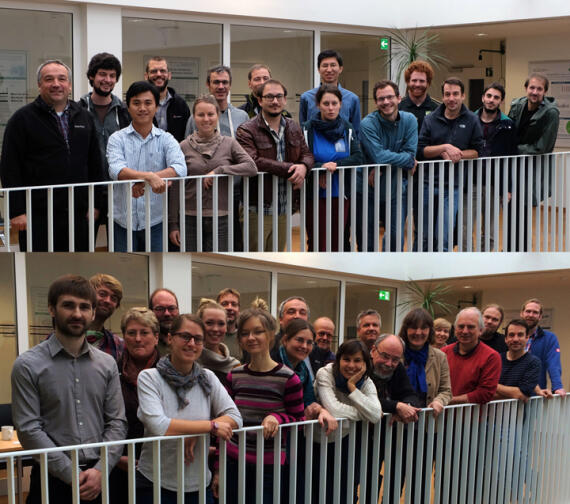
Taking stock at the end of the year
Our staff presents research results on conferences
Photos
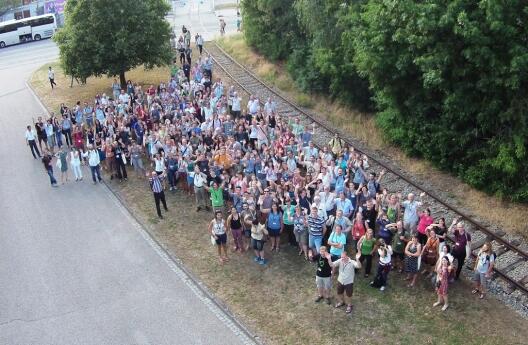

© Department of Botany and Zoology, Masaryk University 
© Department of Botany and Zoology, Masaryk University 
© Department of Botany and Zoology, Masaryk University 
© Department of Botany and Zoology, Masaryk University 
© Department of Botany and Zoology, Masaryk University 
© Department of Botany and Zoology, Masaryk University 
© Department of Botany and Zoology, Masaryk University
This year, the staff of the Biodiversity and Ecosystem Research Group presented the results of numerous studies, very often conducted with the active participation of students, on seven different scientific conferences. A total of eleven talks and two posters were presented. The diverse topics ranged from restoration ecology and ornithology to vegetation science and nutrient cycles. Attendance at these conferences facilitates scientific exchange with colleagues, amplifies collaboration with other institutions and helps to communicate results, for example to practitioners.
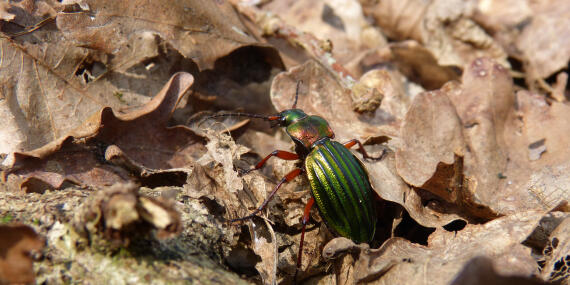
Wet forests south of Münster as carbon sinks
Students investigate effects of climate change on grasslands
Photos
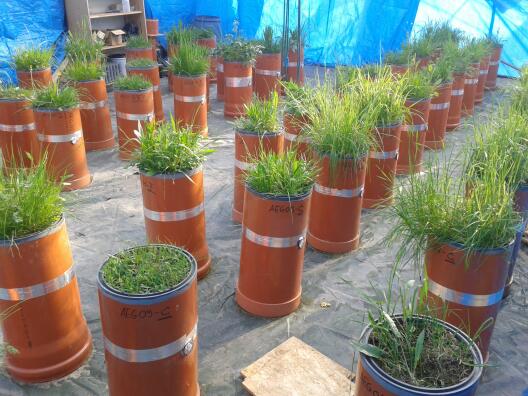
An ongoing experiment with mesocosms aims to evaluate the effects of agricultural fertilization on grasslands under drought stress, accompanying the field research of the ESCAPE-project within the “Biodiversity Exploratories” framework. Mesocosms are pieces of natural ecosystems relocated to a lab or green house, in this case sods of meadows and pastures of the Swabian Alps. The sods were cut out 20 cm deep, transported to Münster and transplanted into special containers in a green house.
Since periods of prolonged drought are expected to become more frequent in the future, the sods are not only fertilized with slurry but also subjected to drought stress. Changes in nutrient cycling are meanwhile closely monitored. The results may help to develop adapted management strategies for these agricultural grasslands. Five students measuring for example stable isotope abundances and gas fluxes are involved in this experiment. First results are expected at the end of 2015.
Back from Siberia!
In a joint field-trip with our partner in the SASCHA project, the Tyumen State University, we brought 26 students from Tyumen and Münster to explore the vast landscapes of Western Siberia. Over 14 days we followed a 1000 km long gradient through different ecozones from the meadow steppes near the Kazakh border to the boreal forests and raised bogs of the Russian Taiga. More impressions on the SASCHA Blog and in this video, made by Russian students.
Waterbird counts in Central Asia
Photos
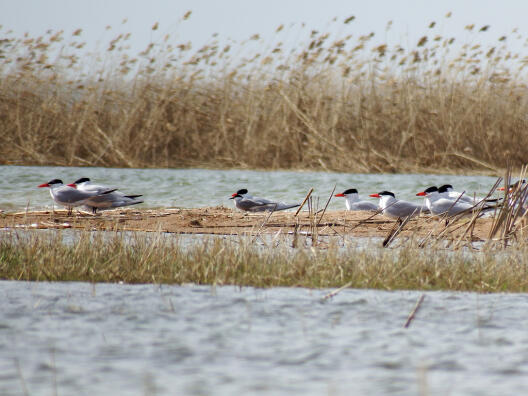
In a collaboration with Holger Schielzeth at the University of Bielefeld and our partner ACBK, two students of the Ecosystem Research Group have been counting waterbirds in the Lake Tengiz area, Central Kazakhstan, since April. Lake Tengiz is perhaps the most important wetland for waterbirds on the Siberian-Central-Asian flyway, comparable to the German Wadden Sea.
The aim of the project is to repeat extensive surveys conducted between 1998 and 2004 in order to learn more about population trends and identify declining species. The results from these earlier surveys are available here and here.
Butterfly bonanza in Siberia
In the fourth year of the BMBF-funded SASCHA-project, we now focus on data analysis, paper writing, and the implementation of the project results. However, a number of data gaps are still to be filled in the field. Two motivated BSc students are currently in Tyumen, Western Siberia, to count butterflies along standardized transects. Contrary to common belief, it's not freezing cold all year round in Siberia - sunny days and temperatures around 30°C result in high butterfly activity, but also challenging mosquito densities...
The richness and abundance of butterflies is stunning in the area - many species thrive that are now on the brink of extinction in Central Europe. As the area is at the border of several zoogeographical regions, dry steppe species and Taiga endemics meet. More in the SASCHA-Blog
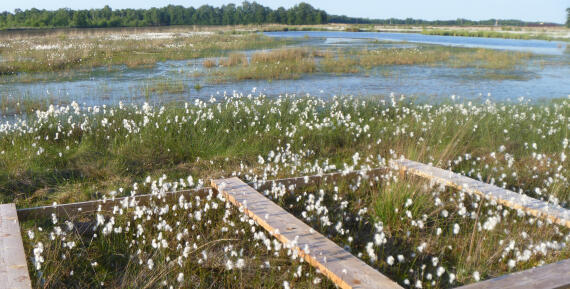
Boardwalks in the bog
News project CANDYbog
Photos
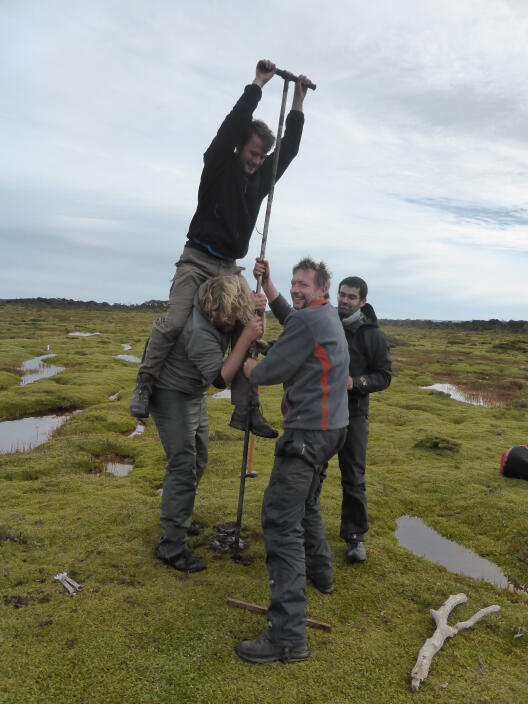
Summer is over on the southern Hemisphere and your colleages from the “CANDYbog” project are back form their four-month stay in Tierra del Fuego. The intense measuring campaign focused this year on the CO2 and CH4 gas fluxes between bogs and the atmosphere to gain insights into the ecosystems’ carbon fluxes.
Furthermore, they collected pore water samples to determine gas concentrations in the peat and to understand underlying biogeochemical processes controlling the gas fluxes. Additional to the first field season in 2013/2014, more peat cores were extracted to determine long-term carbon accumulation rates. The continued shading and fertilizing experiments showed first results, rising hope for next years’ analysis. With the sampling of biomass and peat effects of shading, increased nitrogen and sea spray deposition will be evaluated on Sphagnum- and cushion plant-dominated bogs.
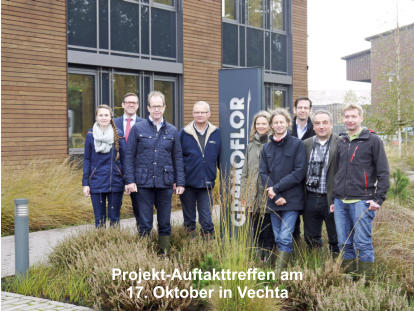
DBU grant for research on establishment of hummock peat mosses in rewetted cutover bogs
